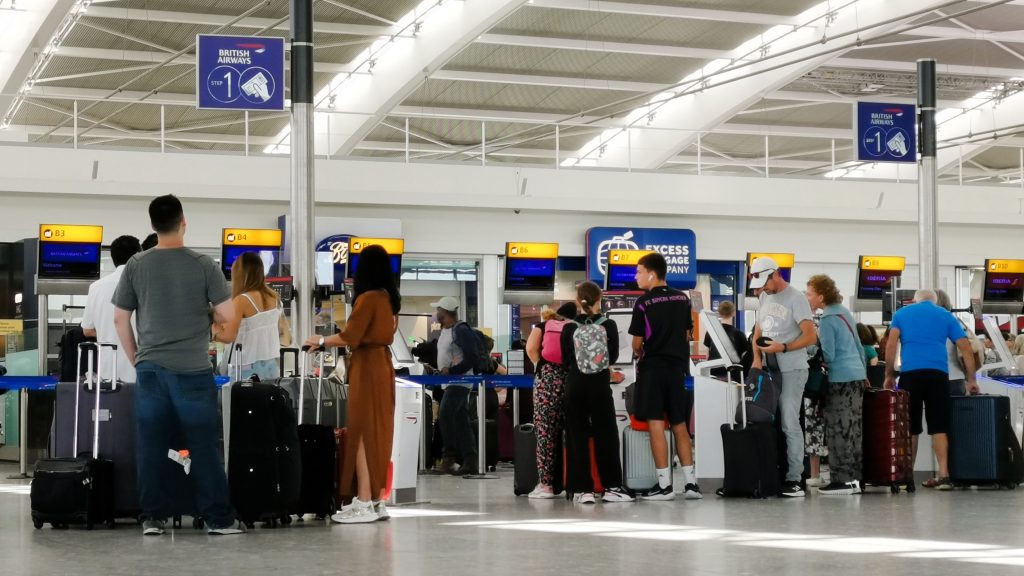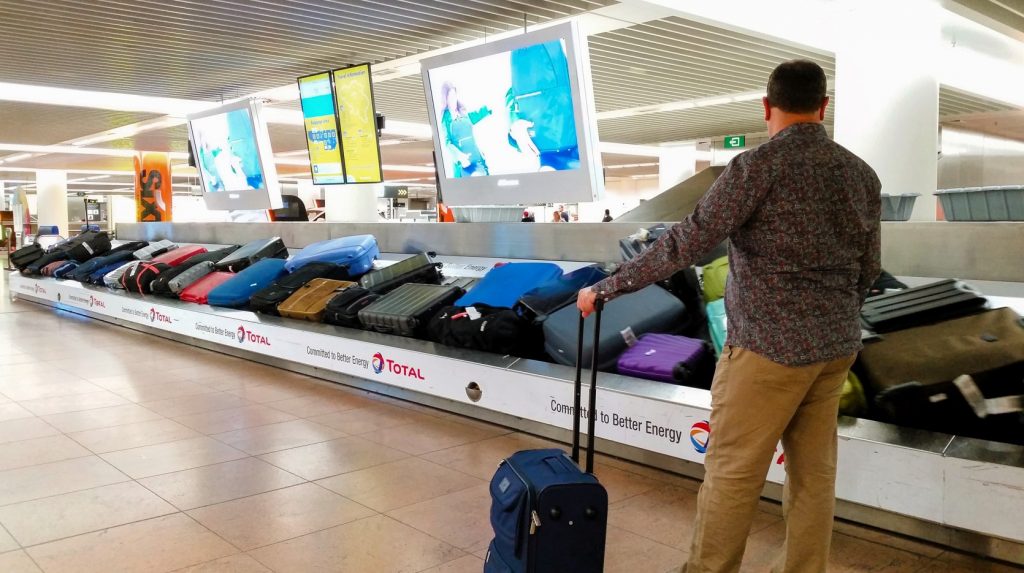
Traveling is an adventure, but losing your luggage can quickly turn your dream vacation into a nightmare. The sinking feeling of watching the baggage carousel spin around without spotting your belongings is something no traveler wants to experience. However, fear not! With a few simple precautions and strategies, you can significantly reduce the chances of losing your luggage and enjoy a stress-free journey. Here are 7 foolproof tips to ensure you never lose your luggage again.
1 – BOOK DIRECT FLIGHTS WHENEVER POSSIBLE
One of the simplest ways to reduce the risk of losing your luggage is to book direct flights whenever possible. While connecting flights may sometimes be unavoidable or offer lower fares, they also increase the likelihood of your bags being mishandled or misplaced during the transfer process. By opting for direct flights, you eliminate the need for your luggage to change planes, minimizing the chances of it getting lost along the way. Additionally, nonstop flights often have shorter total travel times, giving you more time to relax and enjoy your precious time off.
2 – INVEST IN HIGH-QUALITY LUGGAGE
The quality of your luggage can play a significant role in its durability and security during travel. Investing in high-quality suitcases, backpacks, or travel bags made from durable materials can help prevent damage and minimize the risk of loss. Look for features such as reinforced seams, sturdy zippers, and built-in TSA-approved locks to keep your belongings safe and secure. Additionally, choosing luggage with distinctive colors or patterns can make it easier to identify on the baggage carousel, reducing the chances of someone else mistakenly taking your bag.
3 – PACK SMARTLY AND LABEL YOUR BAGS
One of the best ways to prevent luggage loss is to make sure your bags are easily identifiable. Opt for distinctive luggage that stands out among the sea of black suitcases on the baggage carousel. Bright colors, unique patterns and personalized luggage tags can help your bags catch your eye quickly.

Additionally, ensure that your luggage is labeled with clear identification tags both inside and outside. Include your name, phone number, and email address. Make sure the tag is securely attached and won’t get torn off during transit. You can also add a backup label or business card inside your luggage in case the external tag gets lost.
Properly packing your luggage and clearly labeling it with your contact information can greatly increase the likelihood of it being returned to you if it gets lost. So make sure to include a luggage tag or label with your contact details. When packing, avoid overstuffing your bags, as this can increase the risk of seams bursting or items falling out during transit. Instead, pack efficiently and strategically, using packing cubes or organizers to maximize space and minimize movement inside the bag.
4 – TRACK YOUR BAGS
In today’s tech-savvy world, there are various technological solutions available to help you keep track of your bags. These GPS tracking devices help you keep tabs on your luggage throughout your journey. The devices are small, lightweight, and can easily be tucked into your suitcase or attached to the handle. By syncing the device with your smartphone, you can track the exact location of your luggage in real-time, giving you peace of mind knowing that it’s always within reach.
Some airlines even offer their own tracking services, allowing you to monitor your bags directly through their mobile app. If your airline doesn’t offer this service, or you want to rely on your own tracking system, you might want to consider investing in smart luggage tags or tracking devices.
5 – ARRIVE EARLY AND ALLOW AMPLE TRANSIT TIME
Rushing through the airport is a surefire way to increase stress levels and the likelihood of your luggage getting lost in the shuffle. To avoid this scenario, aim to arrive at the airport well in advance of your scheduled departure time. But what’s the best time to arrive at the airport? Well at least two hours before domestic flights and three hours before international flights This will give you plenty of time to check in your bags, navigate security checkpoints, and ensure they are properly tagged and loaded onto the correct aircraft. Keep in mind during peek travel seasons it may be wise to add a little more time.
Similarly, when booking connecting flights, be mindful of the minimum connection times recommended by airlines and airports. Allowing ample transit time between flights reduces the risk of your luggage not making the connection if there are delays or unexpected complications. And furthermore you don’t want to be rushing from one gate to another.
6 – KEEP VALUABLES AND ESSENTIALS IN YOUR CARRY-ON

While checked luggage is generally safe and secure, there’s always a chance it could get lost or delayed en route to your destination. To minimize the impact of lost luggage, it’s essential to pack essential items and valuables in your carry-on bag. This includes passports, visas, travel itineraries, necessary medications, electronics, and any other items you can’t afford to be without. By keeping these essentials with you in the cabin, you’ll have everything you need to get by in the event that your checked luggage goes missing. Additionally, consider packing a change of clothes, toiletries, and any valuables or irreplaceable items in your carry-on to ensure you have everything you need in case your checked luggage is delayed or lost.
7 – STAY VIGILANT, KNOW YOUR RIGHTS AND TAKE IMMEDIATE ACTION
Despite your best efforts, there’s always a chance that your luggage could go missing or be delayed. In the event that this happens, it’s essential to stay vigilant, know your rights as a passenger and take immediate action to resolve the situation. As soon as you realize your luggage is missing or damaged, report it to the airline’s baggage service desk or customer service hotline before leaving the airport. Provide them with detailed information about your bag, including its description, contents, and any distinguishing features. Be sure to obtain a copy of the baggage report or reference number for tracking purposes. Follow up with the airline regularly to check on the status of your missing luggage. In most cases airlines are able to locate and return lost luggage within a few days, but it’s important to stay proactive and persistent until the issue is resolved.
Additionally, familiarize yourself with the airline’s liability limits for lost or delayed luggage, as well as any reimbursement policies for essential purchases made due to baggage delays. Keep all relevant documents, such as your baggage claim ticket and receipts for any expenses incurred, to support your claim for compensation.